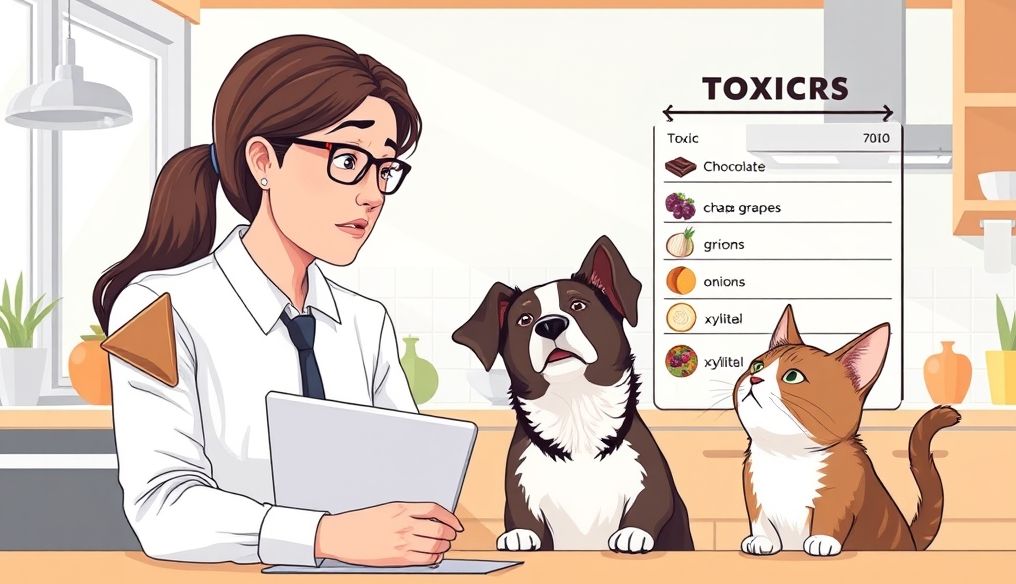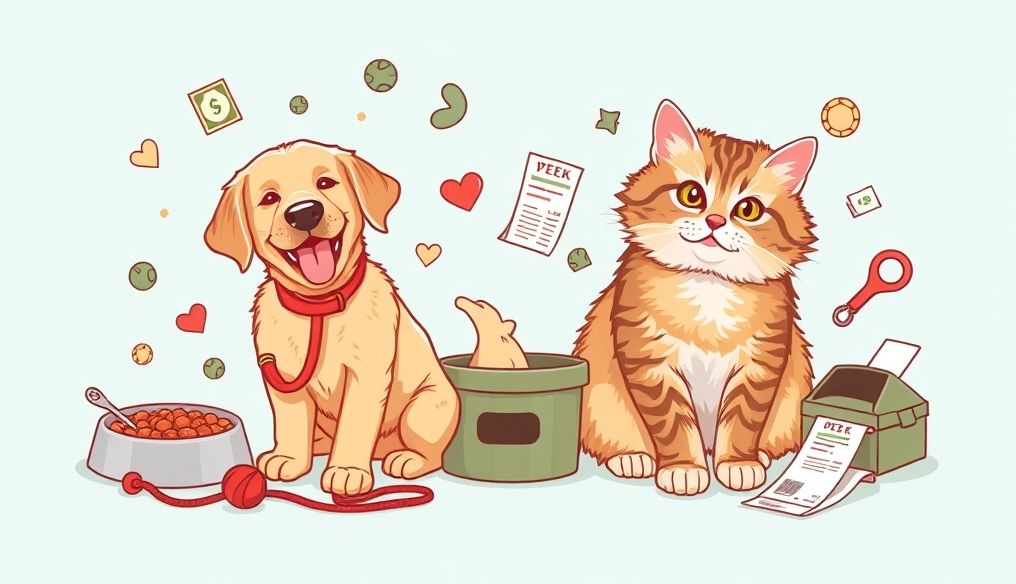Is Adopting a Pet from a Shelter the Best Choice for You and Them?
When it comes to adding a pet to your family, one of the most important decisions you'll make is where to get that new companion. Do you go to a reputable breeder, a pet store, or do you open your heart and home to an animal waiting for a second chance in a shelter? While buying a pet may seem like the easier and more straightforward option, adopting a pet from a shelter offers a range of benefits that extend beyond simply providing a home for an animal in need.
Chapter 1: The Pet Overpopulation Crisis: A Sobering Look
Before we delve into the advantages of adoption, it's important to understand the scale of the pet overpopulation crisis. Millions of healthy, adoptable pets enter shelters each year. Many are victims of abandonment, lost homes, or simply the inability to afford care. Unfortunately, many of them don't find new homes and end up being euthanized due to overcrowding and lack of resources.
Shocking Statistics:
- An estimated 6.3 million companion animals enter U.S. animal shelters nationwide every year.
- Approximately 3.2 million shelter animals are adopted each year.
- Approximately 1.5 million shelter animals (670,000 dogs and 860,000 cats) are euthanized each year.
These numbers highlight the urgent need to increase adoption rates and reduce the number of homeless pets.
Chapter 2: The Many Benefits of Adopting a Pet
Adopting a pet is not just a compassionate act, it's also a smart and beneficial decision for both you and your new furry friend. Here are some of the key benefits:
Saving a Life:
This is perhaps the most obvious benefit. By adopting a pet, you are giving them a second chance at life and saving them from potential euthanasia.
Saving Money:
Adoption fees at shelters are typically much lower than the price of buying a pet from a breeder or pet store. In addition, adoption fees often include vaccinations, spaying/neutering, and microchipping, saving you money in the long run.
Supporting Your Local Community:
When you adopt from a local shelter, you are supporting their efforts in caring for homeless animals and providing them with the resources they need. This helps them continue their important work in the community.
Getting an Adult Pet:
Often, pets available for adoption are already adults. This means you avoid the hassles of puppy or kitten training, and you can get a pet that already has a defined personality and behavior.
Finding a Pet That Fits Your Lifestyle:
Shelters typically conduct personality and behavior assessments of pets before offering them for adoption. This helps them match pets with suitable families, increasing the chances of a successful adoption.
Chapter 3: Comparing Costs: Adoption vs. Buying
It's important to consider the costs associated with both adoption and buying. While adoption fees may seem low, it's also essential to consider the ongoing costs of pet care.
Adoption Costs:
- Adoption Fee: Typically ranges from $50 to $200.
- Vaccinations, Spaying/Neutering, and Microchipping (if not included in the adoption fee): May range from $100 to $300.
Buying Costs:
- Purchase Price: Can range from hundreds to thousands of dollars, depending on the breed and breeder.
- Vaccinations, Spaying/Neutering, and Microchipping: May range from $100 to $300.
In addition to these initial costs, there are also ongoing costs such as food, veterinary care, toys, and training. Overall, adoption is a more cost-effective option in the long run.
Chapter 4: Types of Pets Available for Adoption
You may be surprised by the variety of pets available for adoption. In addition to dogs and cats, you can also find rabbits, birds, rodents, reptiles, and other pets in shelters.
Dogs:
Dogs of all breeds, sizes, and ages are available in shelters. You can find small, medium, and large dogs, as well as purebred and mixed-breed dogs.
Cats:
Cats of all ages, colors, and patterns are available in shelters. You can find short-haired and long-haired cats, as well as purebred and domestic cats.
Other Animals:
Rabbits, birds, rodents, reptiles, and other pets are available in some shelters. If you're looking for an unconventional pet, a shelter may be the right place to start.
Chapter 5: The Adoption Process: What to Expect
The adoption process varies from shelter to shelter, but it typically involves the following steps:
Searching for Available Pets:
You can search for pets available for adoption online or by visiting local shelters in person.
Filling Out an Adoption Application:
You'll need to fill out an adoption application that includes information about your lifestyle and experience with pet care.
Interview with Shelter Staff:
Shelter staff will conduct an interview with you to assess your suitability for adoption.
Visiting the Pet:
You'll have the opportunity to visit the pet you're interested in adopting and spend some time with them.
Signing the Adoption Contract and Paying the Fee:
If your application is approved, you'll need to sign the adoption contract and pay the fee.
Chapter 6: Preparing Your New Pet for Home
When you bring your new pet home, it's important to give them time and space to adjust. Here are some tips:
Provide a Safe Place:
Prepare a safe and quiet place for your new pet to relax.
Introduce Gradually:
Introduce your new pet to family members and other pets gradually.
Be Patient and Understanding:
Be patient and understanding, as it may take some time for your new pet to adjust to their new environment.
Chapter 7: Addressing Potential Challenges
Some adopted pets may face behavioral challenges due to their past experiences. It's important to be prepared to deal with these challenges with patience and understanding.
Training:
Your new pet may need obedience training or litter box training.
Anxiety:
Some adopted pets may suffer from anxiety or fear. You can talk to your veterinarian about ways to manage these issues.
Consultation:
If you're having difficulty dealing with your new pet's behavior, consider consulting a pet trainer or animal behavior specialist.
Chapter 8: The Emotional Impact of Adoption
Adopting a pet can be a very emotionally rewarding experience. Knowing that you have saved an animal's life and given them a loving home can bring you a lot of happiness and satisfaction.
Companionship:
Pets can provide companionship and emotional support, especially for people who live alone or who are experiencing loneliness.
Unconditional Love:
Pets offer unconditional love and acceptance, which can improve your mental health and well-being.
Sense of Purpose:
Caring for a pet can give you a sense of purpose and responsibility.
Chapter 9: Adoption: An Informed Decision
Ultimately, the decision to adopt a pet or buy one is a personal one. However, it's important to be aware of the many benefits of adoption and to consider it seriously before making your decision. By adopting a pet, you are not only saving a life, but you are also opening your heart and home to a loyal and loving companion who will enrich your life in ways you never imagined.
Chapter 10: Additional Resources
If you're interested in adopting a pet, there are many resources available to help you:
- Petfinder: A website that connects pets available for adoption with shelters around the world.
- ASPCA (The American Society for the Prevention of Cruelty to Animals): A non-profit organization that works to protect animals from cruelty and neglect.
- Humane Society of the United States: A non-profit organization that works to improve the lives of animals throughout the world.
Remember that adopting a pet is a long-term commitment. Make sure you are prepared to take on the financial and emotional responsibility of caring for a pet before making the decision.




